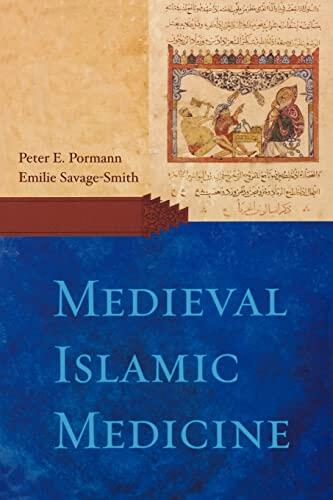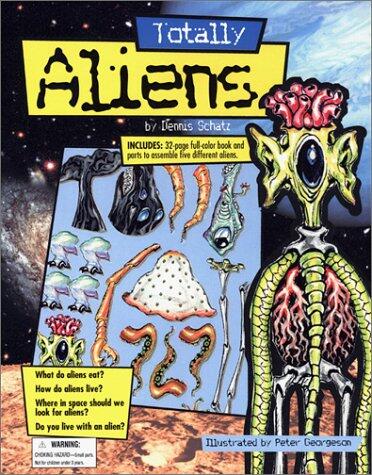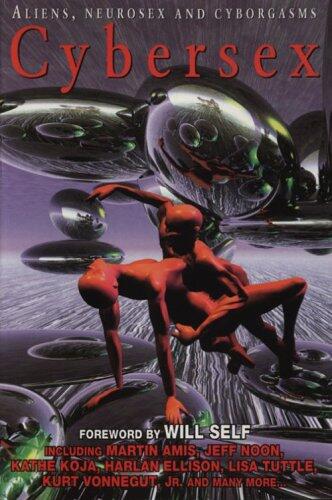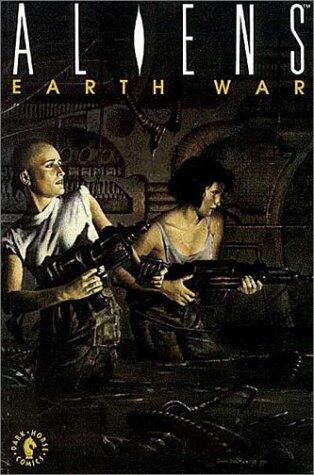
Medieval Islamic Medicine
まだ評価がありません
Fantasy
形式
ペーパーバック
ページ数
366
言語
英語
公開されました
Mar 9, 2007
出版社
Georgetown University Press
版
1
ISBN-10
1589011619
ISBN-13
9781589011618
説明
Medieval Islamic medicine represents a rich tapestry of knowledge and practices that emerged in the Islamic world between the 7th and 15th centuries. Authors Emilie Savage-Smith and Peter E. Pormann delve into this fascinating era, exploring how ancient Greek and Roman texts were translated and integrated, alongside the contributions from various cultures. This synthesis of knowledge not only preserved classical wisdom but also fostered innovations that echoed through generations.
The book sheds light on the significance of prominent medical scholars and institutions of the time, unraveling how hospitals evolved into centers of learning and compassion. Through meticulous research, the authors illustrate the techniques, remedies, and philosophical underpinnings that shaped the understanding of health and illness during this period. They reveal how the Islamic Golden Age propelled advancements in surgery, pharmacology, and diagnostics, leaving an indelible mark on the future of medicine.
Furthermore, Savage-Smith and Pormann provide insight into the social and cultural factors that influenced medical practices in different regions of the Islamic world. By examining medical texts, case studies, and historical figures, readers gain a deeper appreciation for the legacy of medieval Islamic medicine and its impact on later medical traditions in both the East and West. Through this exploration, the authors invite readers to recognize an often-overlooked chapter in the history of health and healing.
The book sheds light on the significance of prominent medical scholars and institutions of the time, unraveling how hospitals evolved into centers of learning and compassion. Through meticulous research, the authors illustrate the techniques, remedies, and philosophical underpinnings that shaped the understanding of health and illness during this period. They reveal how the Islamic Golden Age propelled advancements in surgery, pharmacology, and diagnostics, leaving an indelible mark on the future of medicine.
Furthermore, Savage-Smith and Pormann provide insight into the social and cultural factors that influenced medical practices in different regions of the Islamic world. By examining medical texts, case studies, and historical figures, readers gain a deeper appreciation for the legacy of medieval Islamic medicine and its impact on later medical traditions in both the East and West. Through this exploration, the authors invite readers to recognize an often-overlooked chapter in the history of health and healing.



















